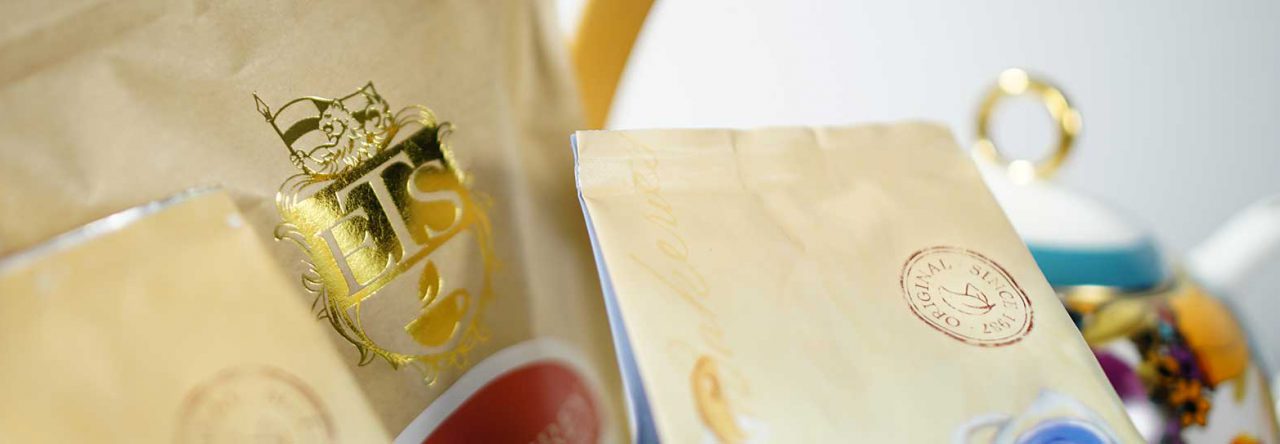Certain teas possess different qualities based on many factors: location of growth, climate, elevation, soil, processing, etc. This is what makes each tea unique, and thus the enjoyment of connoisseurship.
Sometimes a tea has a certain attribute due to either induced stress, or natural stress (abiotic stress or biotic stress). The most common of the stresses are as follows:
- High Elevation growth
- Frost Damage
- Rocky Soil
- Insect Damage
- Shading

The most common of the high elevation teas are from Darjeeling. Tea thrives off of humidity, sunlight, loose soil, and moderate temperatures. In the case of Darjeeling, the high elevation causes dormancy in winter, because of the cold temperatures.
Daylight is also reduced to below twelve hours. Altitude also makes for a less humid climate and much stronger UV rays. Chemically what this means is that the plant has very concentrated aromas and flavors because of the stress that it must endure through growth. This is what gives Darjeeling teas their unmistakable characteristics.
Frost in most tea growing regions means that the crop is ruined. The freezing weather, in the eyes of the farmer, destroys the leaves. Although in Nilgiri their most highly prized teas are “frost” teas. The freezing weather pushes the plant to produce chemicals as a reaction to the cold. These chemicals are seen in the increased aroma of the tea, dry leaf as well as in the cup.
WuYi oolong teas are usually grown in rather rocky soil. This is why they are reputed to have “yan yun” or rock taste. The plant must work harder to push its roots through the soil to pull out nutrients. This means that the plant cannot take the amount of nutrients it normally means, so it must adapt and learn to thrive off of little. They must produce compounds with the nutrients that they have access to.

If you have ever heard of Bai Hao, or Oriental Beauty oolong, you might have heard stories about insects chewing on the leaves and maybe even as far as that the taste is a result of the saliva of the insects. Now, it is true that the insects are responsible for the taste that gives oriental beauty its remarkable flavor, but it is not the saliva. The plant, once bitten by the insect, produces chemicals that are meant to combat the insects and ward them off. These compound contribute to the taste and aroma.
Shade grown teas are mostly produced in Japan. A good example of a high quality Japanese shade-grown green tea is Gyokuro. The dark, emerald green color is a result of the farmer shading the developing leaves. This boosts chlorophyll production in the plant, as well as the amount of nutrients that it takes from the soil. The shade also contributes to higher caffeine content, bitterness and a chemical called L-theanine. This is the component said to give Japanese green teas their notable “Umami” taste.
Stress can be a good thing sometimes!
[Editor’s note: Our blog is chock full of great articles on this topic. Use our search feature to find them!]
© Online Stores, Inc., and The English Tea Store Blog, 2009-2014. Unauthorized use and/or duplication of this material without express and written permission from this article’s author and/or the blog’s owner is strictly prohibited. Excerpts and links may be used, provided that full and clear credit is given to Online Stores, Inc., and The English Tea Store Blog with appropriate and specific direction to the original content.



Leave a comment